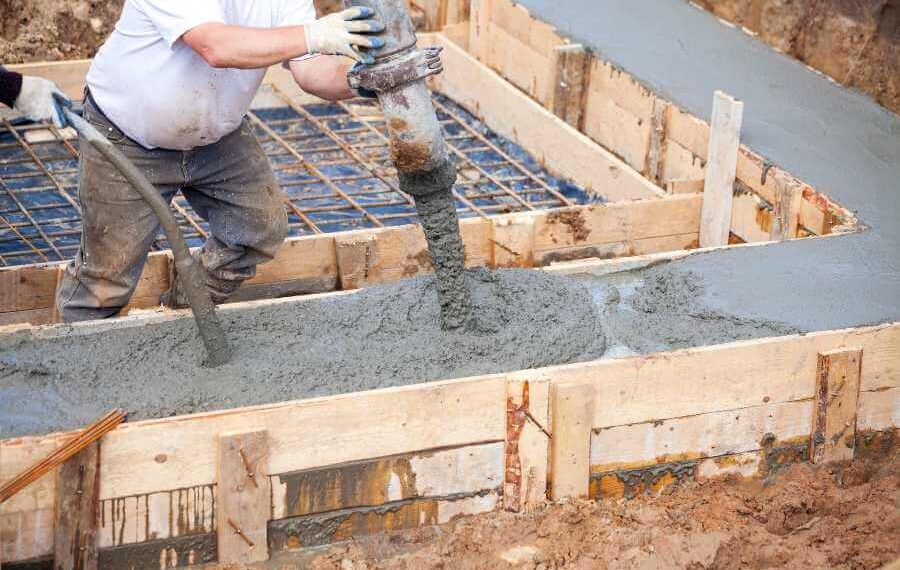If you have ever experienced concrete pour delays in any of your projects, you have likely faced issues associated with concrete cold joints.
Cold joints typically occur when fresh concrete meets hardened concrete (or partially set), creating a structural discontinuity that can lead to many issues, such as water infiltration, decreased structural strength, and bad aesthetics.
How do we fix these unwanted concrete pathologies, then? There are different alternatives to deal with and repair cold joints, such as:
- The use of bonding agents to enhance adhesion between old and new concrete.
- Saw-cutting and concrete re-pour to increase integration between fresh and set batches.
- The use of mechanical connectors, such as dowel bars, to increase structural continuity.
- The use of epoxy injection
In this article, we will explore these options further, understand the rationale behind each approach, pros and cos, detail measures to prevent cold joints and other details around this pathology. Before that, though, let’s refresh some basic concepts around cold joints.
What is a Cold Joint in Concrete?
Cold joints arise when freshly poured concrete meets a partially cured mix. As broadly known, concrete hardens through intricate chemical reactions involving cement, aggregate, water, and air.
While the hardening process is vital for structural rigidity, it significantly reduces the concrete’s ability to integrate seamlessly with newly added batches.
Therefore, the longer the interval between pouring these adjacent layers, the greater the risk of a cold joint forming. One unmistakable indicator of a cold joint is the presence of differing colour tones along the pouring line.
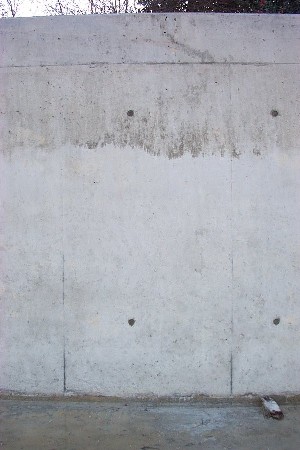
For a detailed review of concrete joints, we suggest reading this article: What is a Cold Joint in Concrete?
Are Cold Joints Bad in Concrete?
Overall, yes. Even though sometimes cold joints can be anticipated by structural engineers in their drawings (i.e. construction and expansion joints), cold joints usually are associated with:
- Increased Risk of Water Infiltration
- Increased Vulnerability to Cracking
- Diminished Aesthetic Appeal (especially if the concrete surface will be exposed)
- Structural Discontinuity and reduced strength – This recent study showed that concrete elements with cold joints lost up to 25% in compressive strength
Important note: From a structural standpoint, cold joints’ effects in concrete elements that bear compression loads (i.e. columns) are much less representative when compared to elements that also bear tension loads (i.e. slabs and beams)
What causes cold joints in concrete?
The leading cause is delays during the concrete-pouring process. Overall, it is recommended that time gap between concrete pour does not exceed 30 minutes).
Other potential causes include:
- Inadequate concrete consolidation (poor vibration)
- Concrete pouring during changing weather conditions (large temperature variation)
- Lack of planning or non-compliance with design and constructability requirements
How to repair Cold Joints in Concrete?
Among many available methodologies, we explored four alternatives to treat and repair cold joints in concrete:
- Use of bonding agents
- Saw-cutting and concrete re-pour.
- Use of mechanical connectors
- Use of epoxy injection
Each option has its pros and cons and specific characteristics and suitability – let’s detail them below.
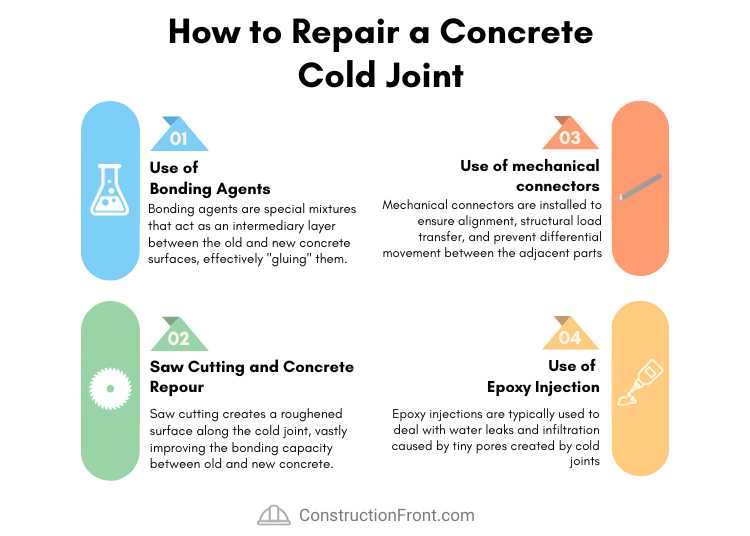
Note: More than one approach can be implemented to ensure a robust repair (i.e. you can saw cut, use dowel bars, and apply bonding agents in the cold joint surface to proper bonding between the concrete layers).
Concrete Cold Joint Repair - Use of Bonding Agents
Bonding agents for concrete cold joints are specialized materials designed to improve the adhesion and bonding between two concrete surfaces, typically between an existing cured concrete surface and a freshly poured concrete surface.
They act as an intermediary layer between the old and new concrete surfaces. It creates a strong adhesive bond, effectively “gluing” the two concrete sections together. This bond ensures that the newly poured concrete becomes securely attached to the existing concrete.
Bonding agents come in various types, including epoxy-based, acrylic-based, and latex-based formulations. Each type has specific properties and applications, so the choice depends on the project’s requirements and the compatibility with the concrete mixes (see further details in the table below).
Type of Bonding Agent | Characteristics | Applications |
Epoxy-Based Bonding Agents | – Excellent Adhesion – High Strength – Chemical Resistance – Low Permeability – Longer Cure Time | – High-stress applications – Repairs in chemically aggressive environments – Structural repairs – Moisture-sensitive areas |
Acrylic-Based Bonding Agents | – Quick Drying – Good Adhesion – UV Resistance – Limited Chemical Resistance – Moderate Strength | – Versatile exterior and interior applications – Quick construction progress – Sun-exposed surfaces |
Latex-Based Bonding Agents | – Easy to Apply – Versatile – Faster Cure – Lower Strength – Limited Chemical Resistance | – Smaller concrete repair projects – Versatile applications – – Projects with tight schedules |
Polymer-Modified Cementitious Bonding Agents | – Compatibility – Versatile – Good Adhesion – Reduced Permeability – Moderate Strength | – Cement-based surfaces – Thin overlays – Repair and overlay projects – General-purpose bonding |
Bonding agents are typically applied as a liquid or slurry directly onto the prepared surface (it must be clean, free of dust, debris, and any other loose or deteriorated piece) of the existing concrete. Common application methods include brushing, rolling, or spraying the bonding agent onto the surface. The bonding agent forms a thin and even layer.
Bonding Agent Recommendations
- For structural repairs, bonding agents made with epoxy are recommended, given the increased strength and excellent adhesion. We recommend SikaDur 32, a two-component epoxy agent widely known for its outstanding strength for concrete repairs.
- For small repairs (non-structural), our recommendation is SikaLatex R at a much more affordable cost, easy application, and multi-use.
For small repairs, cement slurry can also be used as a bonding agent.
Concrete Cold Joint Repair - Saw-cutting and concrete repour
Saw cutting concrete for concrete cold joint repair is a fundamental practice that serves several vital purposes. It creates a roughened surface along the cold joint, vastly improving the bonding capacity between old and new concrete.
This enhanced bonding strengthens the repaired area and reduces the risk of future separation. Saw cutting also allows for the precise removal of compromised or weakened concrete near the cold joint, ensuring that the repaired section consists of structurally sound material.
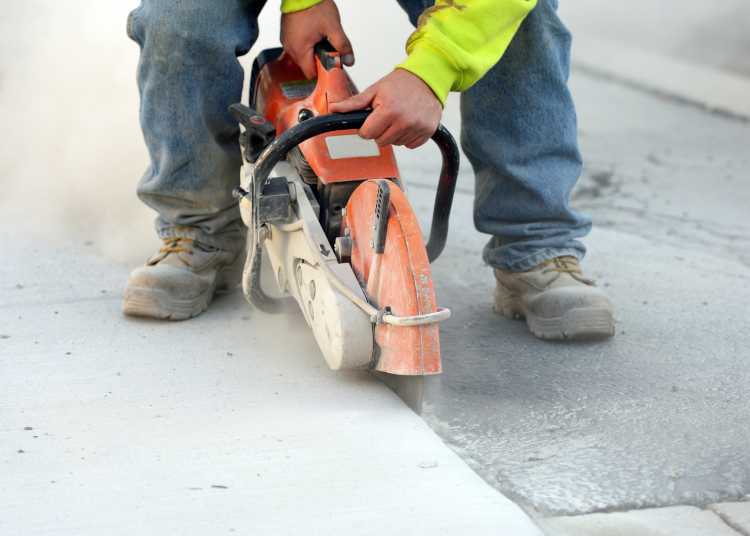
Moreover, the clean and straight lines produced by saw cutting contribute to a uniform appearance in the repaired area, which is crucial for structural and aesthetic considerations.
Additionally, this process ensures that repair materials, such as bonding agents and fresh concrete, are applied precisely where needed, improving the effectiveness of the repair.
Note: Concrete saw cutting is made with specific equipment and blades that are able to cut concrete and/or reinforced concrete. For small to medium repairs, our recommendation is Evolution R230DCT.
Concrete Cold Joint Repair - Use of mechanical connectors
Mechanical connectors are a great alternative to restore the connection between existing and newly placed concrete, providing continuity and stability to the structure.
Dowel bars are among the most used options in concrete cold joints. Usually, half of their length is introduced into drilled holes in existing concrete sections, and the other half is left inside to be covered with the new concrete batch.
These mechanical connectors are installed to ensure alignment, structural load transfer, and prevention of differential movement between different parts of the concrete structure.
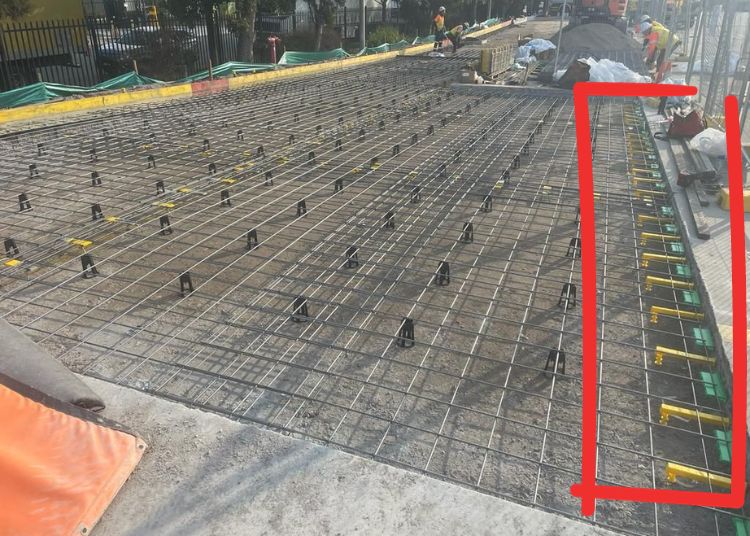
Concrete Cold Joint Repair - Use of epoxy injection
Overall, epoxy injections are typically used to deal with water leaks and infiltration caused by tiny pores created by cold joints and will provide some structural reinforcement by “gluing” the different parts of the concrete.
The injections will fill the gaps and cracks, and the epoxy will adhere to the concrete, creating “one” block. Epoxy injections are a two-component system; one part is the resin itself, and the second is a mix hardener. The components are combined just before the application, and the mix will become set after a couple of days/weeks.
How to prevent Cold Joints in a Concrete Structure?
- Effective Planning: Develop a well-structured construction schedule to minimize delays in concrete pouring.
- Mix Consistency: Ensure uniform concrete mix consistency, proportioning, and delivery.
- Efficient Placement: Use proper placement and finishing techniques to avoid starts and stops during concrete placement.
- Slip Joints: Incorporate controlled slip joints (construction joints) as needed.
- Curing: Apply consistent and appropriate curing methods to maintain moisture and temperature levels.
- Vibration: Employ concrete vibrators to eliminate air voids and ensure proper consolidation.
- Temperature Control: Maintain suitable temperatures, especially in extreme weather conditions.
- Communication: Foster clear communication and coordination among project stakeholders.
- Quality Control: Implement rigorous quality control and inspection processes to ensure compliance with plans and specifications.
Concrete Cold Joint Repair - FAQ
What Does a Concrete Cold Joint Look Like?
A concrete cold joint is easily recognizable. It appears as a distinct line or seam on the concrete surface, often exhibiting different texture or colour characteristics compared to the surrounding concrete.

Will the direction of a Cold Joint impact on concrete structural capacity?
The direction of the cold joint can affect concrete strength. A recent study compared the structural performance (compressive strength) of treated cold joints in concrete cubes in different directions: horizontal, vertical and inclined.
As you can see below, vertical cold joints almost recovered its full structural capacity with slurry and admixture, whereas horizontal cold joints did not recover compressive strength even after treatment.

How Long can Concrete Sit before a cold joint is formed?
As a general guideline, it’s recommended that the time gap between the two batches does not exceed 30 minutes.
However, it’s important to note that various technical factors can also influence this time horizon. These factors may include:
- local temperature conditions,
- the type of cement used,
- the specific concrete mix being employed,
- and other relevant variables.
Can Cement Slurry be used in Concrete Cold Joint Repairs?
Yes, you can repair cold joints with a cement slurry as one of the repair methods. Cement slurry, also known as cement, paste or mortar, is a mixture of cement, water, and sometimes additional aggregates or admixtures.
It can be an effective option for addressing cold joints, especially if the joint is relatively small or superficial.


